From Kyoto, we took the Shinkansen (the "Bullet Train") to Hiroshima to see the Atomic Bomb Memorial.
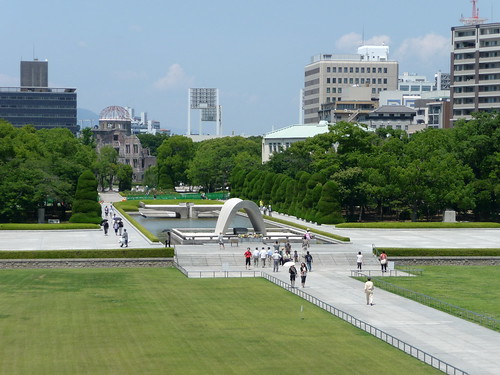
At first glance, Hiroshima doesn't look too different from any other city in Kansai, but the memorial and the museum at ground zero are an eerie reminder of the city's uniquely tragic history. Taking my kids here was a heart-wrenching experience. The memorial itself is a wide open stretch of grass featuring a pool and a chest that holds the names of the A-bomb's victims -- a simple and straight-forward reminder of the desolation caused by the bomb. The museum, which was nearly empty and dead silent when we walked through, contains hundreds of photos and mementos documenting the wreckage, both material and human, of August 6th, 1945.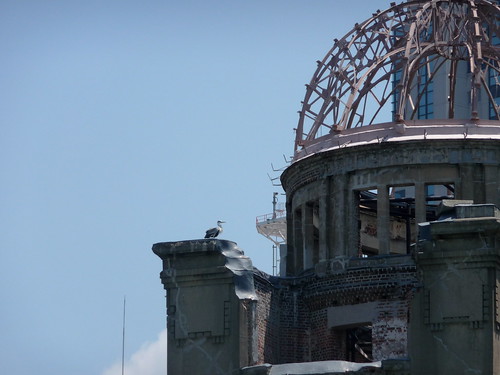
The former Hiroshima Prefecture Industrial Promotions Hall, now known as the Atomic Dome, is the only pre-bomb structure remaining in the center of Hiroshima. Its skeletal remains stand as a reminder of the devastation caused by the bomb.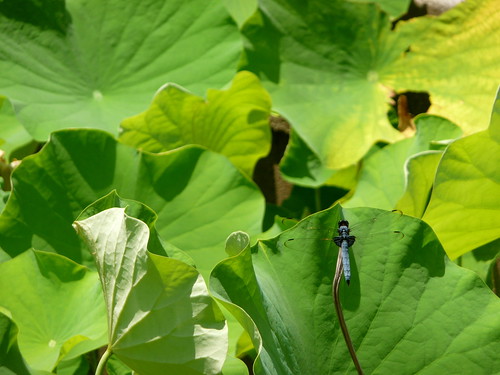
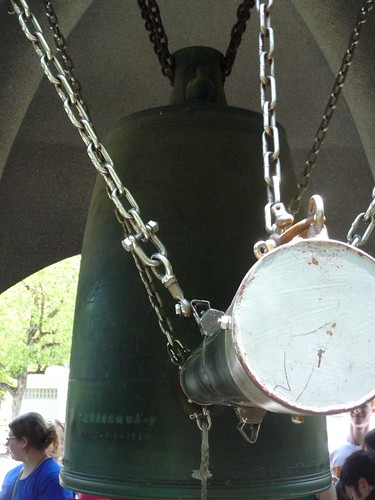
Just across the river from the Atomic Dome, a small garden with a pool, the peace bell, and thousands of paper cranes has been erected in memory of lives lost to the bombing. The cranes, most made by Japanese school children, are a reminder of the story of Satako, a little girl who suffered from radiation poisoning after the bombing and attempted to fold a thousand paper cranes. Japanese lore says that folding a thousand cranes will protect you from illness, but tragically, Satako wasn't able to complete her epic task before she died. In the years since the bombing, Japanese children have folded hundreds of thousands of cranes in her honor.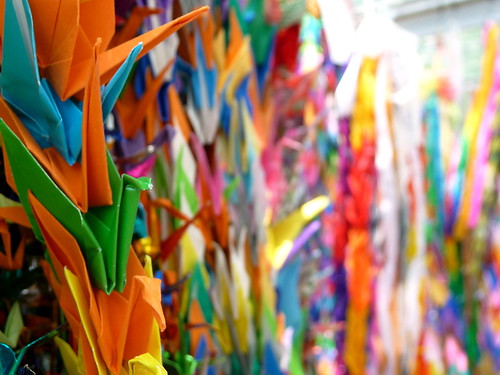
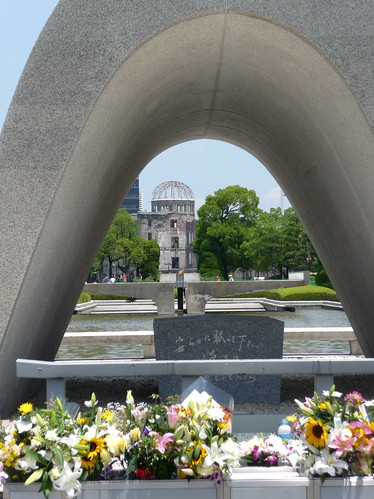
The Atomic Dome and the Eternal Flame are both visible through this arch that stands over the chest holding the names of the bomb's victims.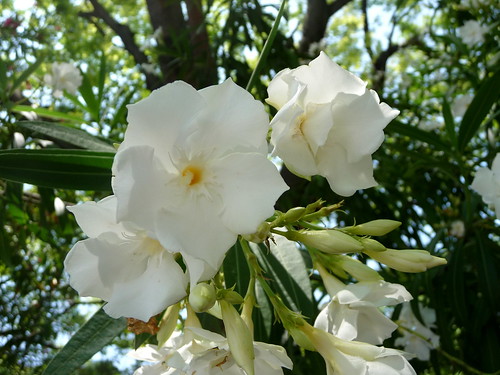
White oleander, the local flower of Hiroshima, stands as a symbol of new life and hope for the future of this city that has suffered so terribly.
All this happened, more or less...
My name is G and these are the true stories of my adventures.
Friday, July 24, 2009
Hiroshima A-Bomb Memorial
by
G
at
1:15 PM
![]()
Subscribe to:
Post Comments (Atom)
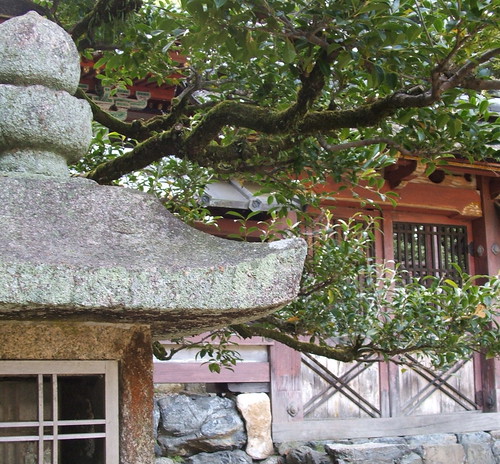
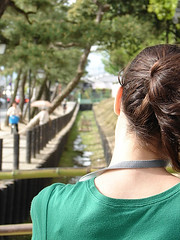
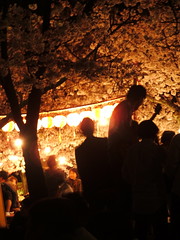


 Stumble It!
Stumble It!






No comments:
Post a Comment